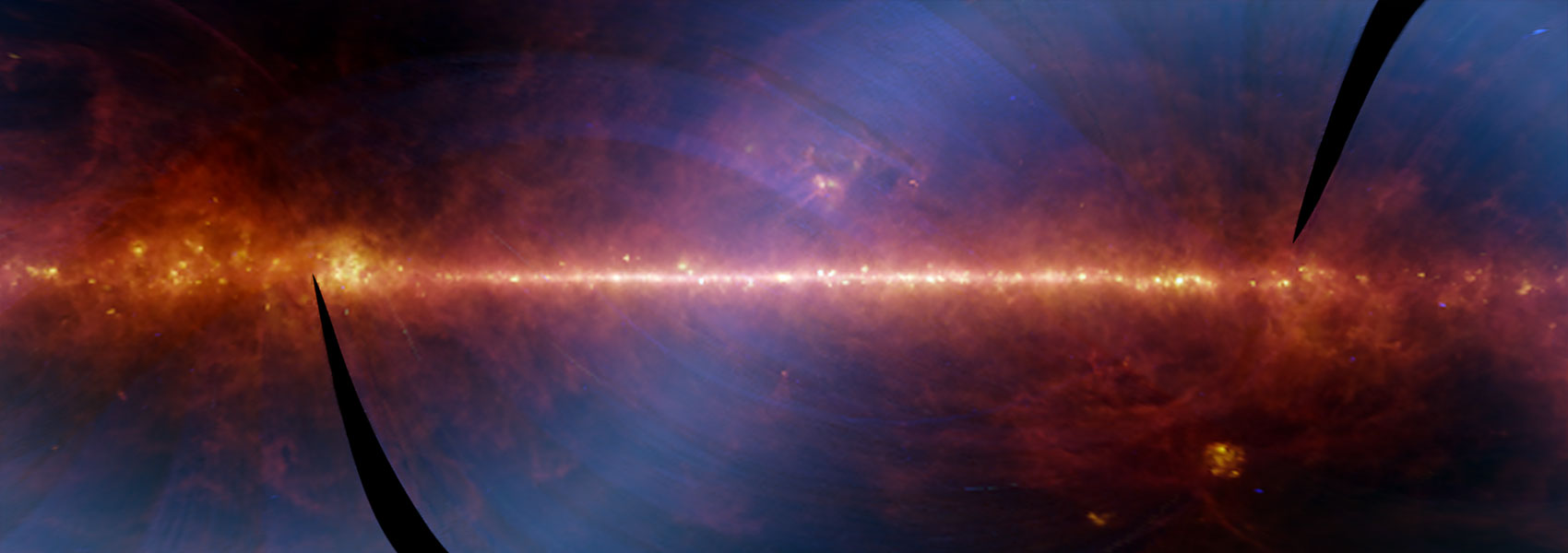
The TESS-Keck Survey. VI. Two Eccentric Sub-Neptunes Orbiting HIP-97166
December 2021 • 2021AJ....162..265M
Abstract • We report the discovery of HIP-97166b (TOI-1255b), a transiting sub-Neptune on a 10.3 day orbit around a K0 dwarf 68 pc from Earth. This planet was identified in a systematic search of TESS Objects of Interest for planets with eccentric orbits, based on a mismatch between the observed transit duration and the expected duration for a circular orbit. We confirmed the planetary nature of HIP-97166b with ground-based radial-velocity measurements and measured a mass of M b = 20 ± 2 M ⊕ along with a radius of R b = 2.7 ± 0.1 R ⊕ from photometry. We detected an additional nontransiting planetary companion with M c sini = 10 ± 2 M ⊕ on a 16.8 day orbit. While the short transit duration of the inner planet initially suggested a high eccentricity, a joint RV-photometry analysis revealed a high impact parameter b = 0.84 ± 0.03 and a moderate eccentricity. Modeling the dynamics with the condition that the system remain stable over >105 orbits yielded eccentricity constraints e b = 0.16 ± 0.03 and e c < 0.25. The eccentricity we find for planet b is above average for the small population of sub-Neptunes with well-measured eccentricities. We explored the plausible formation pathways of this system, proposing an early instability and merger event to explain the high density of the inner planet at 5.3 ± 0.9 g cc-1 as well as its moderate eccentricity and proximity to a 5:3 mean-motion resonance.
Links
- PREPRINT http://arxiv.org/abs/2110.05628
- ELECTR https://doi.org/10.3847/1538-3881/ac295e
- SIMBAD https://simbad.u-strasbg.fr/simbad/sim-ref?querymethod=bib&simbo=on&submit=submit+bibcode&bibcode=2021AJ....162..265M
- PDF https://iopscience.iop.org/article/10.3847/1538-3881/ac295e/pdf
- DATA https://cdsarc.cds.unistra.fr/viz-bin/cat/J/AJ/162/265
- DATA https://irsa.ipac.caltech.edu/bibdata/2021/M/2021AJ....162..265M.html



